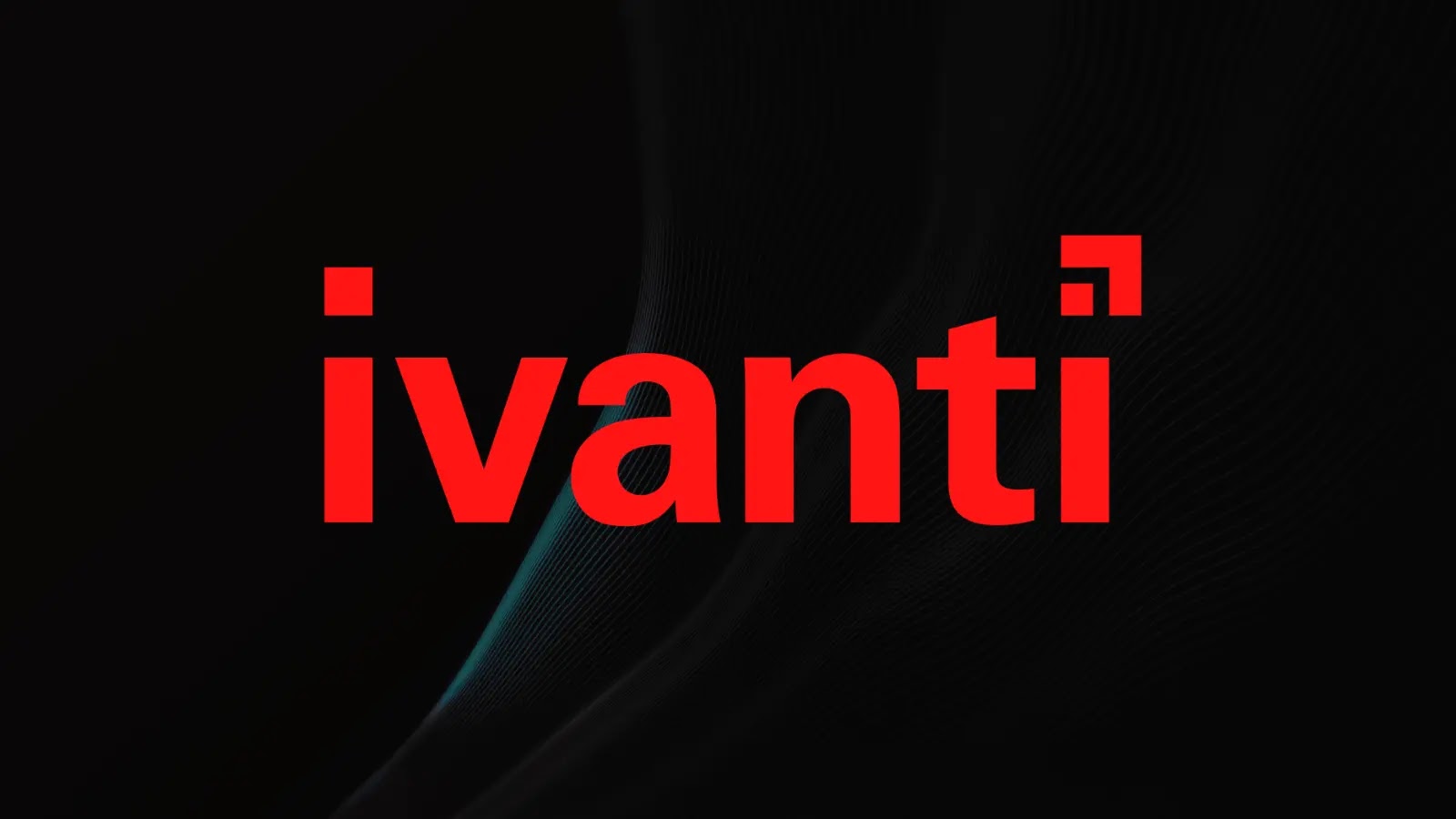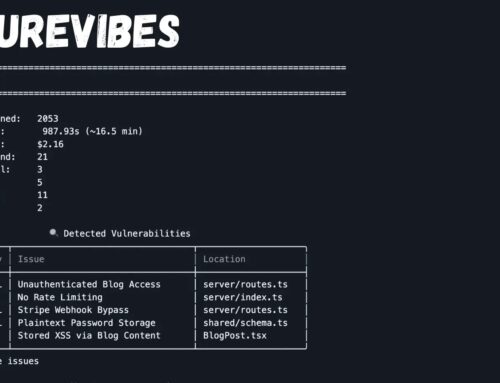
Ivanti Endpoint Manager Vulnerabilities Let Attackers Write Arbitrary Files to Disk
In the intricate landscape of enterprise IT, the tools designed to manage and secure endpoints are often critical infrastructure themselves. So, when vulnerabilities emerge in such pivotal platforms, the alarms ring loud and clear. Ivanti Endpoint Manager, a widely used solution for endpoint device management, has recently disclosed and patched a trio of high-severity vulnerabilities that could allow authenticated local attackers to write arbitrary files to disk. This is a critical concern for any organization leveraging the platform, as it opens doors to potential malicious code execution and significant data tampering.
Understanding the Impact: Arbitrary File Write Vulnerabilities
An arbitrary file write vulnerability allows an attacker to create or modify files anywhere on the target system. In the context of Ivanti Endpoint Manager (EPM), this is particularly dangerous. Imagine an attacker with local authentication—perhaps a disgruntled employee or an outsider who has gained limited access—being able to plant malicious executables, alter critical system configurations, or even overwrite essential log files to cover their tracks. The implications are severe, ranging from:
- Remote Code Execution (RCE): By writing malicious scripts or executables to specific system directories, attackers could achieve arbitrary code execution with elevated privileges.
- System Instability and Denial of Service (DoS): Overwriting critical system files could render the Endpoint Manager or the underlying operating system inoperable.
- Data Tampering and Espionage: Modifying configuration files or planting backdoors could allow attackers to exfiltrate sensitive data or maintain persistent access.
- Privilege Escalation: Writing to directories accessible by higher-privileged processes could enable an attacker to escalate their access levels.
The Disclosed Ivanti Endpoint Manager Vulnerabilities
Ivanti has addressed three specific high-severity flaws. While the provided source content specifically highlights the most recent issue, CVE-2025-10918, it is critical to address all patches released by Ivanti for Endpoint Manager. These vulnerabilities, while requiring local authentication, represent a significant risk. An attacker who has already breached perimeter defenses or has physical access could exploit these flaws to elevate their privileges and expand their foothold within an enterprise network. The ability to write arbitrary files is often a stepping stone to more severe attacks.
Remediation Actions: Securing Your Ivanti EPM Environment
Immediate action is imperative to mitigate the risks posed by these Ivanti Endpoint Manager vulnerabilities. Organizations using Ivanti EPM should prioritize the following steps:
- Apply Security Updates Immediately: Ivanti has released patches to address these issues. Ensure all Ivanti Endpoint Manager installations are updated to the latest secure versions. Refer to Ivanti’s official security advisories for specific patch details and instructions.
- Review Access Controls: Strengthen authentication mechanisms and enforce the principle of least privilege for all users and services interacting with Ivanti EPM. Regularly audit user accounts and remove unnecessary permissions.
- Monitor for Suspicious Activity: Implement robust logging and monitoring for your Ivanti EPM servers. Look for unusual file creation or modification events, particularly in critical system directories. Tools that monitor file integrity can be highly beneficial.
- Endpoint Detection and Response (EDR): Utilize EDR solutions to detect and respond to unusual processes, file modifications, and network connections originating from or targeting Ivanti EPM components.
- Regular Vulnerability Scanning: Conduct routine vulnerability assessments and penetration tests against your Ivanti EPM deployments to identify and address potential weaknesses before attackers can exploit them.
Practical Tools for Detection and Mitigation
To assist in the ongoing defense against such vulnerabilities, a variety of tools can be employed:
| Tool Name | Purpose | Link |
|---|---|---|
| Ivanti Security Updates/Patch Management | Official Ivanti patches for EPM vulnerabilities | https://www.ivanti.com/support/product-documentation |
| Endpoint Detection and Response (EDR) Solutions | Detect and respond to post-exploitation activities, including suspicious file writes and process execution | (Varies by vendor, e.g., CrowdStrike, SentinelOne, Microsoft Defender for Endpoint) |
| File Integrity Monitoring (FIM) Tools | Monitor critical system and application files for unauthorized changes | (Varies by vendor, e.g., OSSEC, Tripwire, many SIEM solutions) |
| Vulnerability Scanners (e.g., Nessus, Qualys) | Identify known vulnerabilities in Ivanti EPM deployments | https://www.tenable.com/products/nessus |
| Security Information and Event Management (SIEM) | Aggregate and analyze logs for suspicious activity and security alerts | (Varies by vendor, e.g., Splunk, QRadar, Elastic SIEM) |
Conclusion
The recent Ivanti Endpoint Manager vulnerabilities underscore the persistent threat landscape faced by organizations. The ability of an authenticated local attacker to write arbitrary files anywhere on the disk is a severe flaw, potentially enabling a wide array of subsequent attacks, including remote code execution and data compromise. Proactive patching, stringent access controls, and vigilant monitoring are not merely best practices but critical necessities. Securing endpoint management solutions like Ivanti EPM is paramount to maintaining the overall integrity and resilience of an enterprise’s cybersecurity posture.





